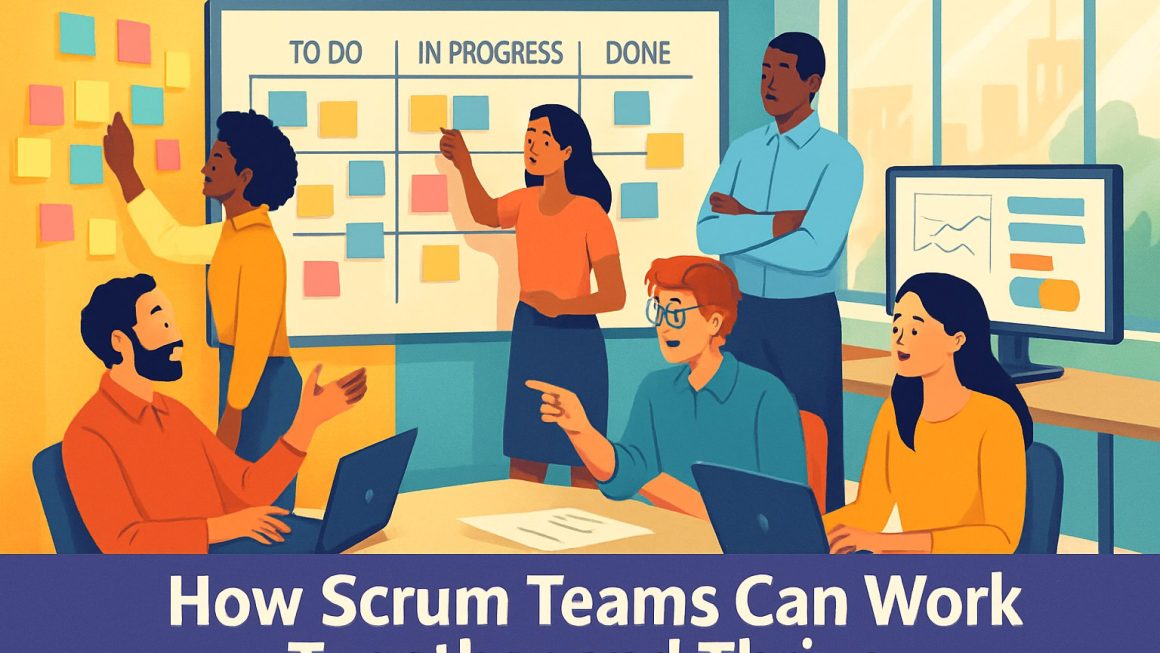Building processes between multiple Scrum teams is key to successful collaboration and achieving common goals. When teams understand their goals, mission and each other’s contributions, powerful unity emerges. Regular meetings and synchronizations ensure transparency, help manage dependencies, and quickly resolve emerging issues.
Assigning responsibilities for interaction supports constant information exchange, while common standards and tools create a unified work environment. A culture of trust and openness strengthens team bonds and encourages constructive conflict resolution
As a result, effective process organization reduces risks, accelerates development, and transforms multiple teams into a strong, cohesive community ready to conquer any challenges.
That is why I would like to share with you an approximate guide for building processes between multiple Scrum teams to establish effective relationships and collaboration:
Defining goals and a common mission
- Formulate a shared goal or mission that unites the teams.
- Ensure each team understands the contributions of others to the overall outcome.
Organizing regular meetings between teams
- Introduce regular synchronizations (Scrum of Scrums) — short meetings with team representatives to discuss dependencies and progress.
- Hold cross-team retrospectives after major milestones.
Assigning interaction representatives
- Appoint ambassadors from each team for continuous information exchange.
- These representatives can participate in inter-team meetings and resolve conflicts.
Transparency and information sharing
- Use shared task boards showing dependencies between teams.
- Implement unified documentation and reporting standards.
- Provide access to important information for all teams.
Managing dependencies
- Explicitly document dependencies between tasks of different teams.
- Plan tasks considering these dependencies to avoid blockers.
Common Practices and Standards
- Agree on common approaches to work: Definition of Done, code review, testing, etc.
- Conduct joint workshops to share experiences and synchronize standards.
Culture of Openness and Trust
- Encourage mutual support and respect between teams.
- Resolve conflicts openly and constructively.
Feedback and Continuous Improvement
- Regularly collect feedback on interaction processes.
- Implement improvements based on retrospectives.
Thus, approximate interaction process can be the following:
During Sprint Planning teams synchronize on dependent tasks.
Throughout the Sprint team representatives participate in Scrum of Scrums for rapid escalation of issues.
After the release is completed, a joint Retrospective is held to analyze the collaboration.
We need bare in mind that building processes between Scrum Teams requires transparency, regular communication, clear dependency management and fostering a shared culture of collaboration. This helps minimize risks, increase development speed and improve team relationships.
Please share how you build interaction processes between teams!
Do not hesitate to contact me on Telegram or at LinkedIn – just click one of these words.




